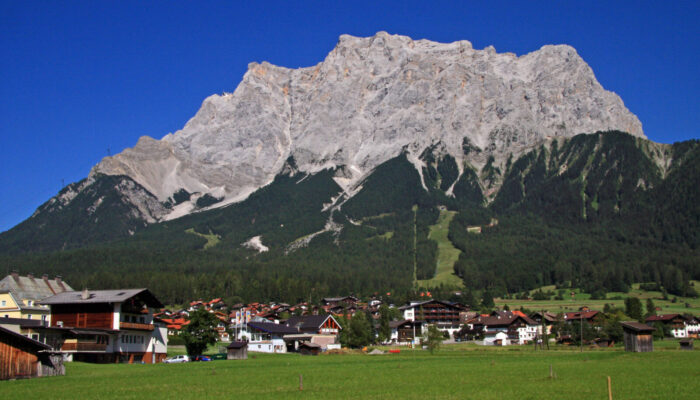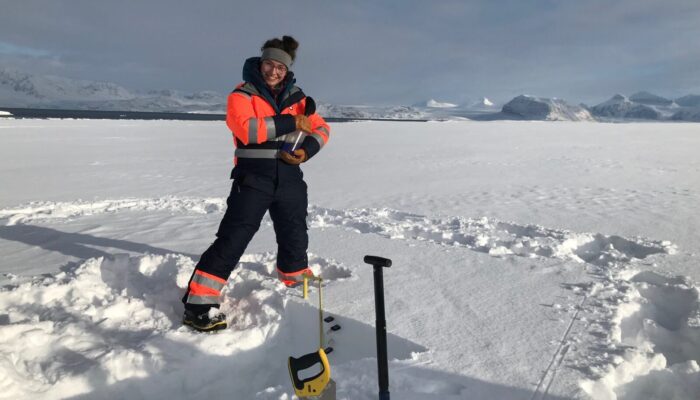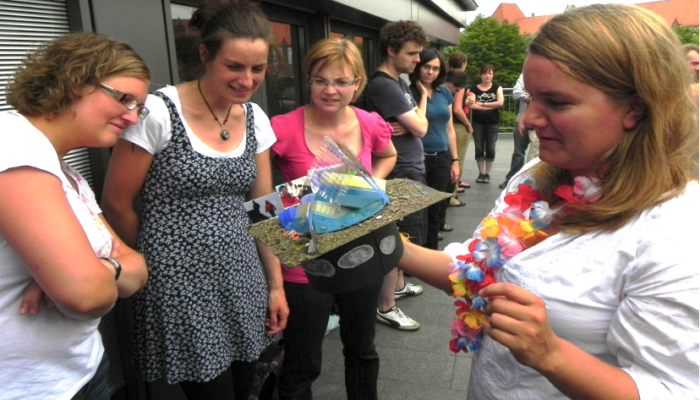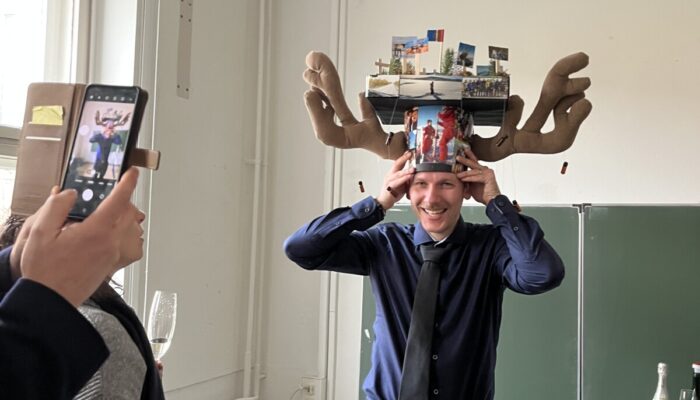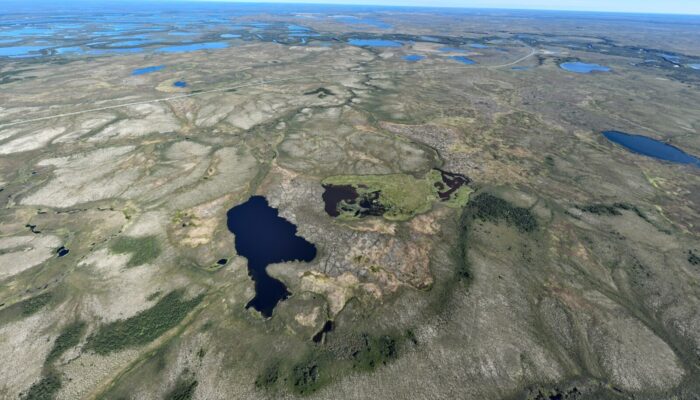This miniseries features the tradition of ‘PhD hat’ making in German research institutes and universities. For those of you unfamiliar with this idea (as I once was), this is one of the final milestones a graduate student has before they are officially a “Dr.”. Upon the successful defense of a thesis, the labmates of the PhD student craft a graduation hat from a mishmash of scrap cardboard and mem ...[Read More]
If you didn't find what you was looking for try searching again.
Cryospheric Sciences
Cryosphere Caps: PhD hats and the researchers that wear them – Episode 4
This miniseries features the tradition of ‘PhD hat’ making in German research institutes and universities. For those of you unfamiliar with this idea (as I once was), this is one of the final milestones a graduate student has before they are officially a “Dr.”. Upon the successful defense of a thesis, the labmates of the PhD student craft a graduation hat from a mishmash of scrap cardboard and mem ...[Read More]
Cryospheric Sciences
Women Of Cryo VIII: Natalie Hewit – Documenting Antarctica’s Frozen Voices
Antarctica is a unique place where history, adventure, and science collide. It’s a continent that has fascinated explorers for centuries, but much of its story has been told through the lens of men who have ventured into its icy expanse. Natalie Hewit, a documentary filmmaker with a love for the polar continent, is changing that. Through her films, she brings Antarctica’s past and present to life, ...[Read More]
Cryospheric Sciences
Cryosphere Caps: PhD hats and the researchers that wear them – Episode 3
This miniseries features the tradition of ‘PhD hat’ making in German research institutes and universities. For those of you unfamiliar with this idea (as I once was), this is one of the final milestones a graduate student has before they are officially a “Dr.”. Upon the successful defense of a thesis, the labmates of the PhD student craft a graduation hat from a mishmash of scrap cardboard and mem ...[Read More]
Cryospheric Sciences
Feeling (un)frozen lands: What we can learn from research on ecological grief
Retreating glaciers, shrinking sea ice or thawing permafrost – many of you might have witnessed formerly familiar landscapes being transformed by climate change over the last years, maybe even beyond recognition. And perhaps these undeniable changes have left you feeling sad, angry or anxious about the future, fearing what lies ahead. But did you know there is an entire academic field out there re ...[Read More]
Cryospheric Sciences
Cryosphere Caps: PhD hats and the researchers that wear them – Episode 2
This miniseries features the tradition of ‘PhD hat’ making in German research institutes and universities. For those of you unfamiliar with this idea (as I once was), this is one of the final milestones a graduate student has before they are officially a “Dr.”. Upon the successful defense of a thesis, the labmates of the PhD student craft a graduation hat from a mishmash of scrap cardboard and mem ...[Read More]
Cryospheric Sciences
Cryosphere Caps: PhD hats and the researchers that wear them – Episode 1
This miniseries features the tradition of ‘PhD hat’ making in German research institutes and universities. For those of you unfamiliar with this idea (as I once was), this is one of the final milestones a graduate student has before they are officially a “Dr.”. Upon the successful defense of a thesis, the peers of the PhD student craft a graduation hat from a mishmash of scrap cardboard and memora ...[Read More]
Cryospheric Sciences
Cryoscientist life stories: Experiences of an ‘office glaciologist’
Both glaciological research conducted in the field, and in the office, are vital — and ‘count’ as glaciology. Often, however, those of us who remain in our cozy offices can be forgotten, or thought to lead a ‘boring’ job. Alex Bradley, a modeller of glaciers, is here to remind you why the office glaciologist is fundamental to the Cryosphere, and why glaciology from a distance is key to the future. ...[Read More]
Cryospheric Sciences
Climate Change & Cryosphere – Can the smallest ice make the greatest impact?
The cryosphere comprises all the ice on Earth, from glaciers in Antarctica, icebergs floating in the ocean, to millimetric ice found in the soils. Soil can hold ice wedges and ice lenses, but there are small ice reservoirs that are usually overlooked: the pore ice. Pore ice is an unknown compartment whose role regarding matter degradation is yet to be determined… stay with us and you will see that ...[Read More]
Cryospheric Sciences
Blue ice in Antarctica: small extent, big science
Kggk kggk kggk – the sound of crampons accompanies me. A thin layer of snow covers the slippery ice while I pull a sled. As I wipe my hand over the snow, underneath, a blue color glitters in the sun (Figure 2). In the last days it has been snowing in the White Desert (Antarctica). All blue ice we could see before is temporarily covered by a thin blanket, perfect to pull a sled. However, this snow ...[Read More]

